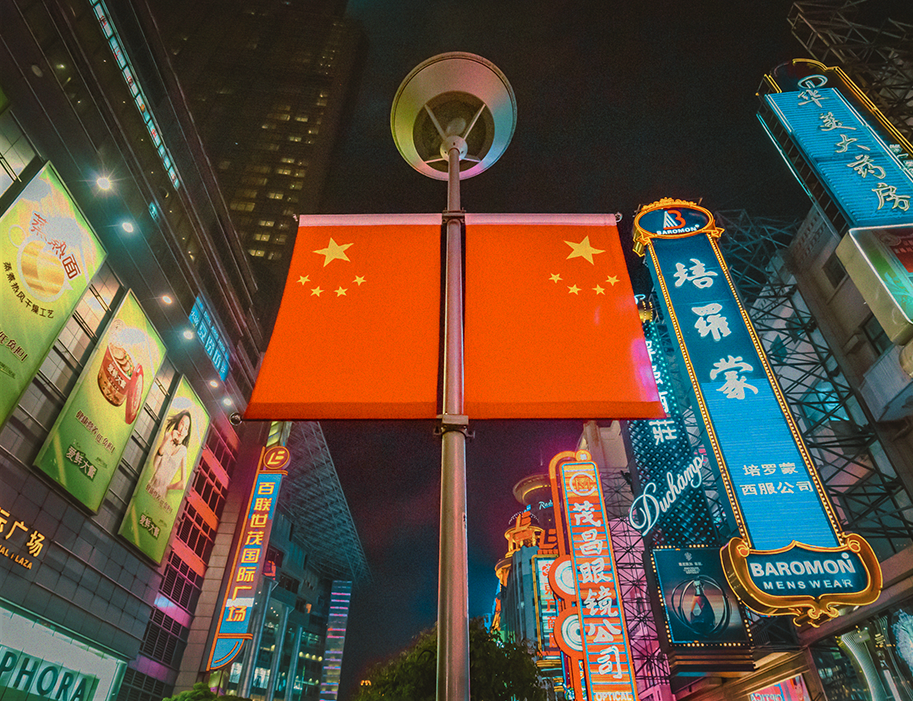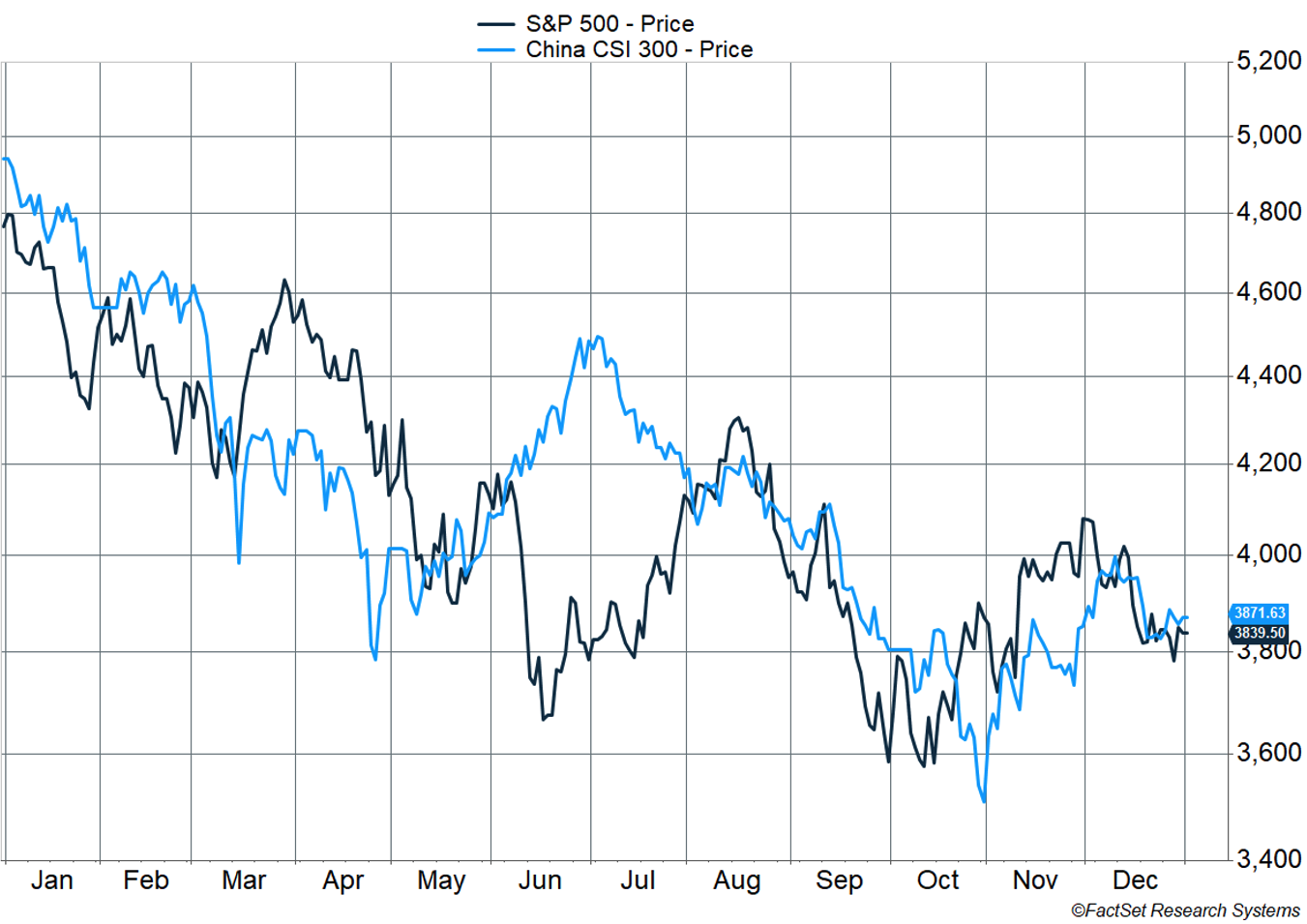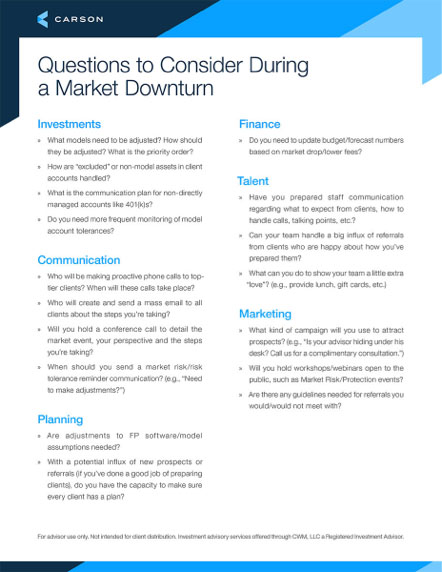Happy new year! We’ve officially turned the page to 2023 and hope you and yours had a wonderful holiday season.
As we closed out 2022, there were numerous major news topics, but one that picked up steam towards the year’s end was China’s assumed reopening after nearly three years of heavy restrictions. There were nationwide protests that started in November over the country’s zero-COVID policy, restrictions, and economic impact. The country started to ease many of the rules put into place. In December, they took a main health code app that tracked travel history offline and overhauled a lot of other limits that had been in place for a long time. This all implied an end to the strict zero-COVID approach.
With the world’s second-largest economy opening back up, it makes sense to ask…what now?
Inside China, they’ll have to grapple with rising cases and a health infrastructure that’s probably not as well-equipped to deal with a large outbreak as other Asian nations, like Japan and South Korea. Those countries had lower fatality rates upon reopening. That may not be the case for China, which has had low vaccination and booster rates for the elderly and relied on two domestic vaccines that have been less effective than the ones used by other nations. They’ll have to get better vaccines and import Paxlovid, the anti-viral pill. They’ll also need to increase adoption amongst those who haven’t gotten their jabs.
Those should help, but there might be an adjustment period. It may take some time before Chinese citizens return to normal. Like in the US, some people may still be reluctant to be out and about with China opening up after nearly three years, but maybe they’ll welcome the reopening flexibility. Travel activity will be watched closely after China’s National Health Commission said there will be no quarantine for inbound travelers starting on January 8th. It may still be a couple of months before activity really takes off (thank you, thank you 🥸 ).
Infections could still cause labor shortages and supply chain issues. In place of full lockdowns, they may strongly encourage people who are sick to stay home. With cases rising in the last couple of months in Guangdong Province, which includes the major port city of Guangzhou, there could be supply chain issues in the near term. Tesla’s Shanghai factory was shut down this week with a spike in cases. Ultimately, there could be some starts and stops as the economy adjusts after a really long run of zero-COVID policy.
Then there will be the 15-day Lunar New Year starting January 22nd, so there will be another slowdown…and hopefully not widespread virus spreading as people leave the cities and head home. That will slow down economic activity and could be another delay to international travel picking up, with Chinese citizens typically going home for the holiday.
After a few months, this more relaxed approach to the virus should be positive for China, but also more broadly for supply chains to hopefully get closer to pre-pandemic activity levels. But, of course, there are always risks that China decides they need to crack down again.
The Chinese equity market had a similar run to what was experienced in US stocks. Both sold off for much of the year, and each saw 2022 lows in October. Both saw a weakening in December. That being said, the CSI 300, an index of China’s largest 300 companies, saw a bigger bounce off lows despite the domestic unrest and sold off less in December.
There is optimism for Chinese equities in 2023 as the economy gets back to normal, with some economists expecting a quick rebound. While ending the year down, the Q4 rally showed optimism in Chinese stock resiliency as Hong Kong-listed stocks rebounded by over 35% at one point. In the coming months, we’ll see if the optimism is on track or ahead of the economic recovery.
For us in the US, hopefully, their economy opening up does help supply chains for businesses that have been slow to recover the last 2.5 years after everything ground to a halt. It will be interesting to see what the impact on inflation will be. Reopening means more spending on air travel, which could push prices up. There could also be more demand for raw materials and energy, which could keep inflation higher. We might see some benefit in other areas as supply chain constraints ease, so it very well could be a mixed bag.
There’s also global concern about the impact of travelers from mainland China. As cases surge, there are limited data shared by Chinese authorities. Starting today (January 5th), the US will require a negative COVID test before departing. Japan is imposing similar measures.
There will be a lot to watch in the new year. Speaking of, 2023 is the year of the rabbit in China. Chinese astrology says the rabbit is the symbol of patience and luck and follows the tiger, which tends to be more dramatic and tumultuous. Here’s to hoping this rabbit isn’t as frustrating as the ones that ruin my garden every year.
A special thanks to Carson Research Strategist Patrick Sittner for his contributions to this article.



